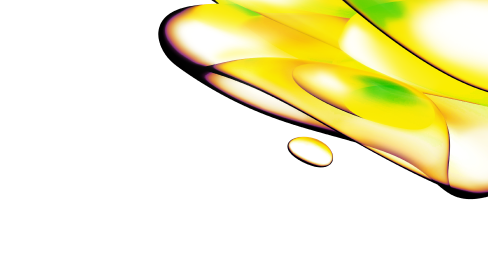Resource Center
Explore Resource Types
Focused Solutions

Biologics
Make advancements with precision biologics tools, designed to enhance your therapeutic approaches encompassing monoclonal antibodies, recombinant proteins, vaccines, and targeted next-generation cell and gene therapies.

Cell and Gene Therapy
The recent success of cell and gene therapies has paved the way for the next generation of advanced therapeutics. While challenges remain, cell and gene therapy research is seeing a transformational shift in the way that novel modalities, such as CAR-T, CRISPR, and vectors, are developed and delivered.

Disease Research
New drug modalities and targets are enabling us to live longer and healthier lives— but their development is grounded on a deep understanding of disease onset and progression.

Drug Development
The process of drug development comprises all the activities involved in bringing a new drug to market once a lead compound has been identified.

Functional Genomic Screening Services
Identify and characterize drug discovery targets with functional genomic screening services. Offering CRISPR knockout, CRISPR activation, CRISPR inhibition, dual screening and RNAi technologies

Integrated Lab Automation
From cellular screening and imaging applications to high-throughput screening and genomics-based applications, custom explorer™ G3 integrated workstations

Physiological Model Solutions
Drug discovery endeavors require a deep understanding of biological systems and their response to potential therapeutics.

Precision Medicine Research
Countless diseases, especially cancer, are highly heterogenous in nature which means a one-drug-fitsall approach isn’t practical for treating or fighting these diseases effectively.

Small Molecule Drug Discovery
With decades of experience in drug discovery driven by strong customer relationships, Revvity has developed an excellent product portfolio of drug discovery tools for complete solutions serving all parts of the discovery workflow.


All Resources
Filters
1333 - 1344 of 1380 Results
Improving immunotherapy by targeting the tumor stroma
Using IP1 assays to study FGFR mediated pathways for cancer drug research
A comparative study of two immunoassay platforms to determine lentivirus titer for CAR-T development
Development of pharmacokinetic (PK) assays for detecting biosimilars targeting TNF alpha using AlphaLISA
Antigen-stimulated PBMC cytokine release measured by AlphaLISA bovine cytokine kits
Simultaneous detection of drug efficacy and toxicity by combining HTRF, AlphaLISA, or AlphaLISA SureFire Ultra with ATPlite
Simultaneous measurement of chemokine/cytokine release and antibody-dependent cellular cytotoxicity upon binding with rituximab
A fast and simple chemiluminescent assay for monitoring of DNA-protein interactions
Utilization of AlphaLISA technology to accurately detect asthma biomarkers in human serum
Fc-Receptor binding ADCC assays utilizing AlphaLISA technology: Characterization of hIgGs and FcγRIIIa
Tracking inflammasome activity via measuring IL-1β levels with AlphaLISA and HTRF
No-Wash IP1 assays are a powerful readout to characterize compounds modulating the FGFR signaling pathway in cancer drug research


Looking for technical documents?
Find the technical documents you need, ASAP, in our easy-to-search library.




























